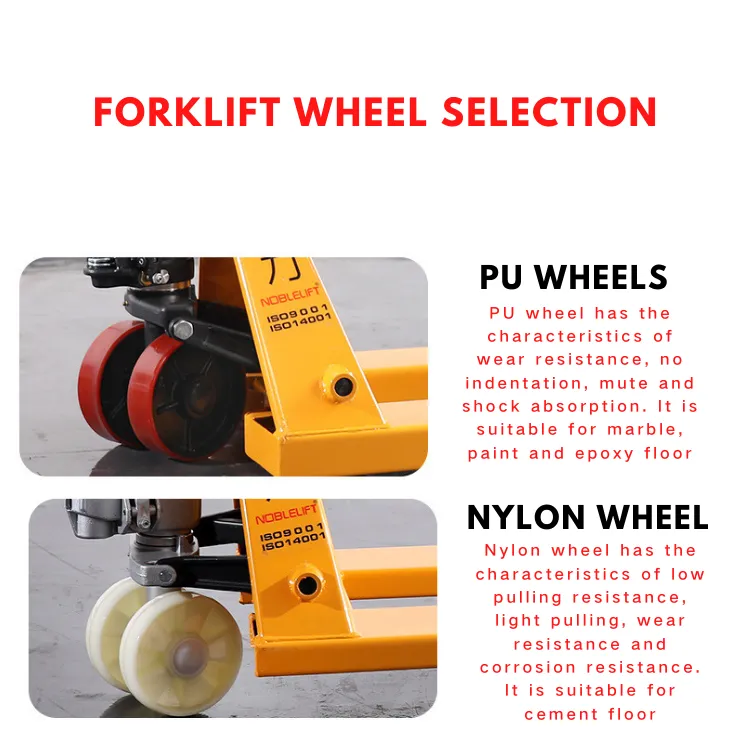Design and Construction Considerations for Gantry Crane Girders in Industrial Applications
Understanding Gantry Crane Girders A Critical Component in Material Handling
Gantry cranes play a significant role in various industries, providing a versatile solution for lifting and moving heavy loads. One of the most crucial components of a gantry crane is its girder, which serves as the main structural element supporting the entire system. This article delves into the importance, design, and functionality of gantry crane girders.
What is a Gantry Crane?
A gantry crane is a type of crane that consists of a hoist or trolley that moves along a structure fitted with horizontal beams. This structure, known as the girder, is typically supported by vertical legs. Gantry cranes are widely used in shipyards, rail yards, construction sites, and large warehouses due to their ability to operate in outdoor and indoor environments.
Importance of the Girder
The girder is the backbone of the gantry crane, bearing the weight of both the load being lifted and the crane's own structure. Its design is critical to ensure safety and efficiency in material handling. A well-designed girder can significantly reduce deflection and vibrations, providing stability during operations. Additionally, the girder influences the lifting capabilities and overall performance of the gantry crane.
Design Considerations
When designing a girder for a gantry crane, several factors must be taken into consideration
1. Material Selection Most gantry crane girders are made from high-strength steel, allowing for lightweight structures that can bear substantial loads. The choice of material impacts the overall strength, durability, and cost of the crane.
gantry crane girder

2. Span and Height The span of the girder, or the distance between its supports, is a critical factor in determining the crane's lifting capacity. Longer spans typically require more robust girders to prevent excessive bending. Moreover, the height of the girder affects the crane's reach and operational efficiency.
3. Load Capacity The girder must be engineered to handle the maximum expected load, including dynamic forces caused by movement. This involves calculating stress, strain, and ensuring safety factors are met to protect against potentially catastrophic failures.
4. Environmental Conditions Gantry cranes are often used in outdoor environments where they are exposed to various weather conditions. The design must account for factors such as wind loads, rain, snow, and potential corrosion from environmental elements.
5. Ease of Maintenance A well-designed girder should facilitate easy access for maintenance and inspections, ensuring the longevity and reliability of the crane.
The Role of Engineering in Girder Construction
Advanced engineering techniques are utilized to optimize girder design. Finite element analysis (FEA) helps in simulating how the girder will behave under load, allowing engineers to identify potential weaknesses and improve the design before physical construction. By using CAD software to create detailed models, engineers can more rapidly prototype and test different designs.
Conclusion
The gantry crane girder is an indispensable component in the realm of material handling and logistics. Its design intricacies directly impact the crane's efficiency, safety, and functionality. As industries continue to evolve and require more advanced lifting solutions, the development and engineering of gantry crane girders will remain critical. Emphasizing strong, lightweight, and durable materials, along with innovative designs, will ensure that gantry cranes can meet the challenges of modern manufacturing and construction demands efficiently and safely.
-
Affordable 2000 lb Gantry Crane | Heavy-Duty & PortableNewsSep.01,2025
-
4000 lb Gantry Crane | Adjustable, Heavy-Duty Lifting SolutionsNewsAug.31,2025
-
Portable 2000 lb Gantry Crane | Heavy-Duty & AdjustableNewsAug.30,2025
-
Versatile Lifting Solutions with Gantry and Overhead CranesNewsAug.29,2025
-
The Versatile Mobile Gantry Crane SolutionNewsAug.29,2025
-
Reliable Movement with Heavy Machinery Skates and RollersNewsAug.29,2025
-
Reliable Lifting Performance with 2000 lb Gantry Crane and 2 Ton Overhead SystemsNewsAug.29,2025
